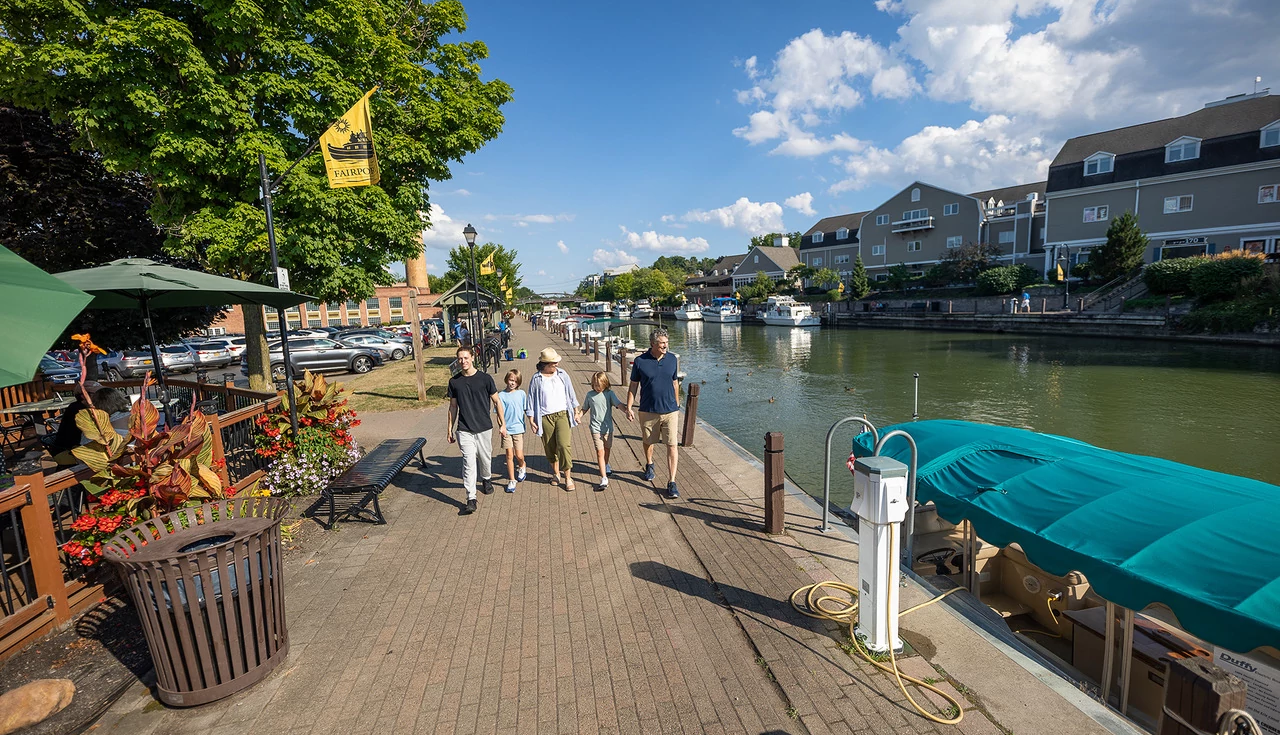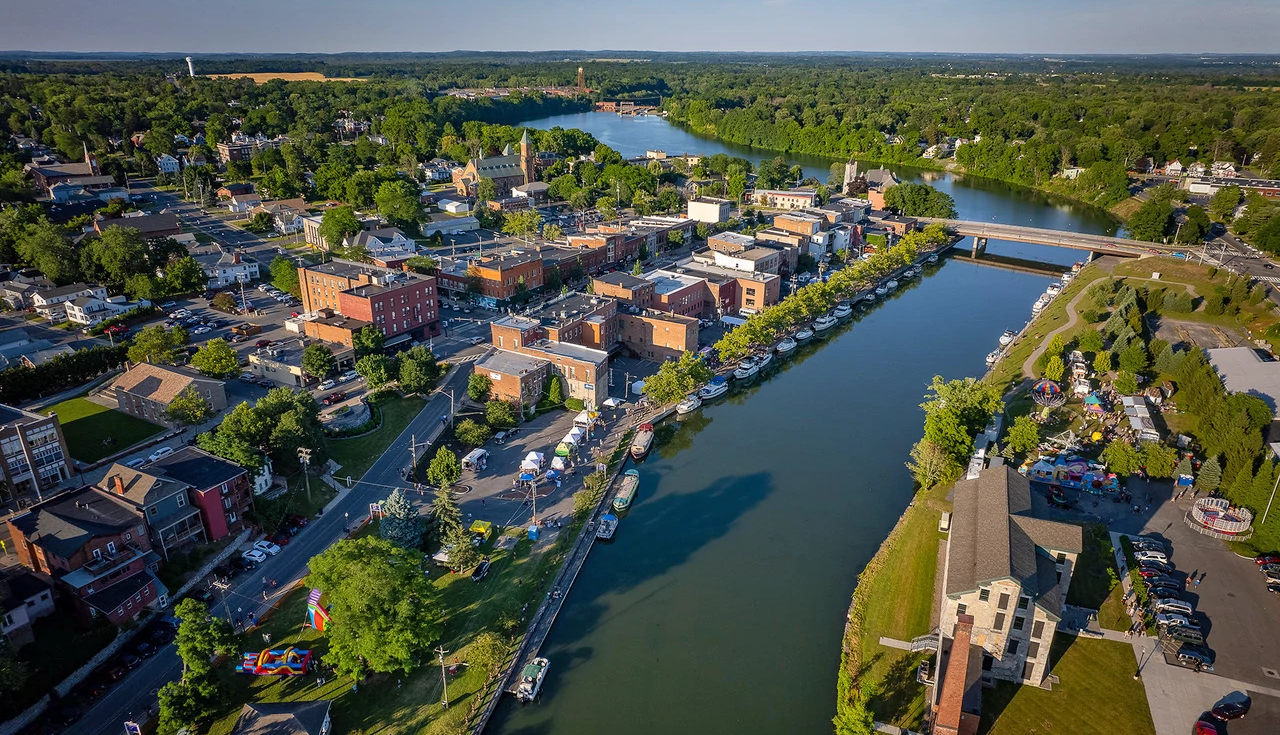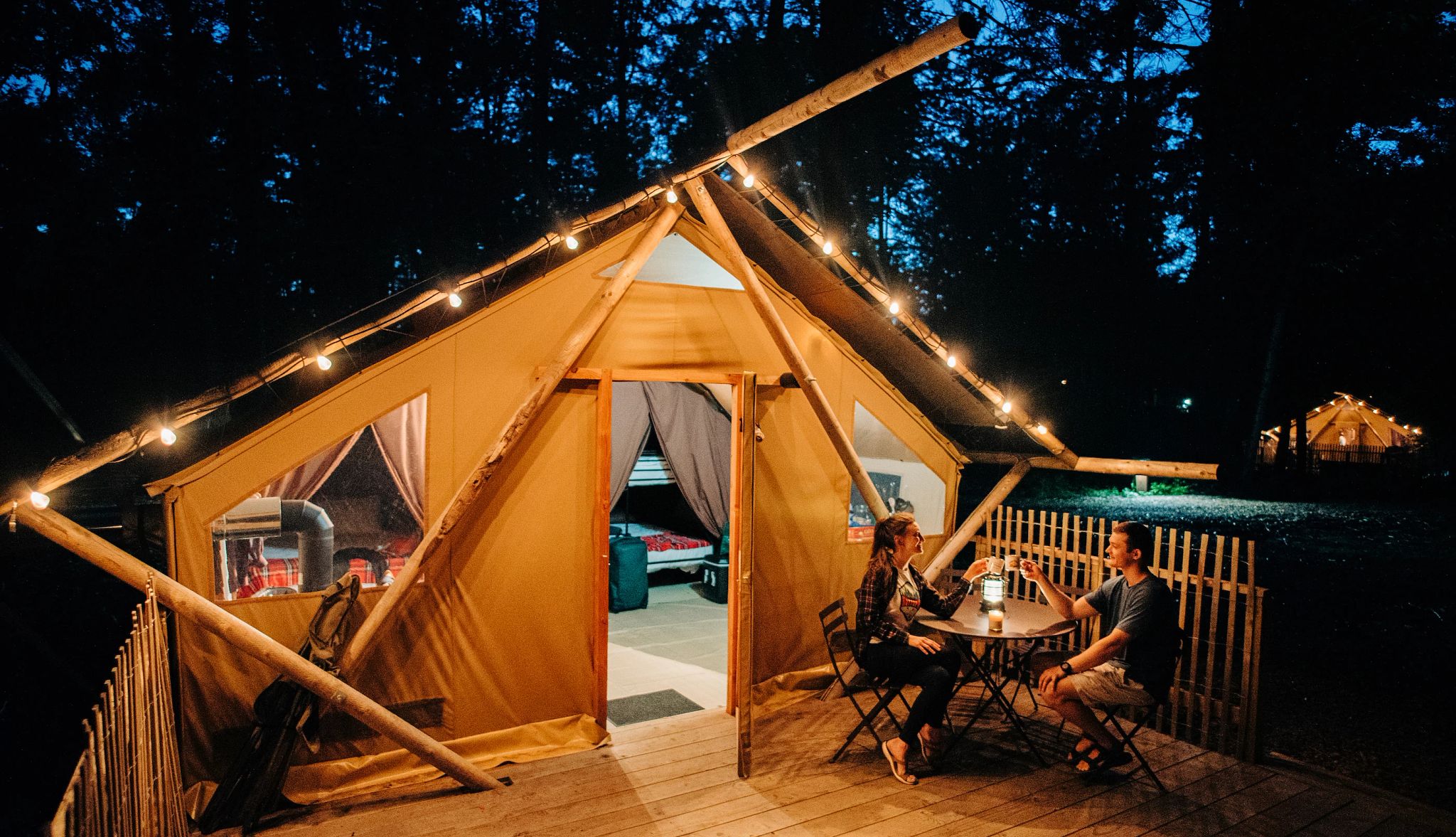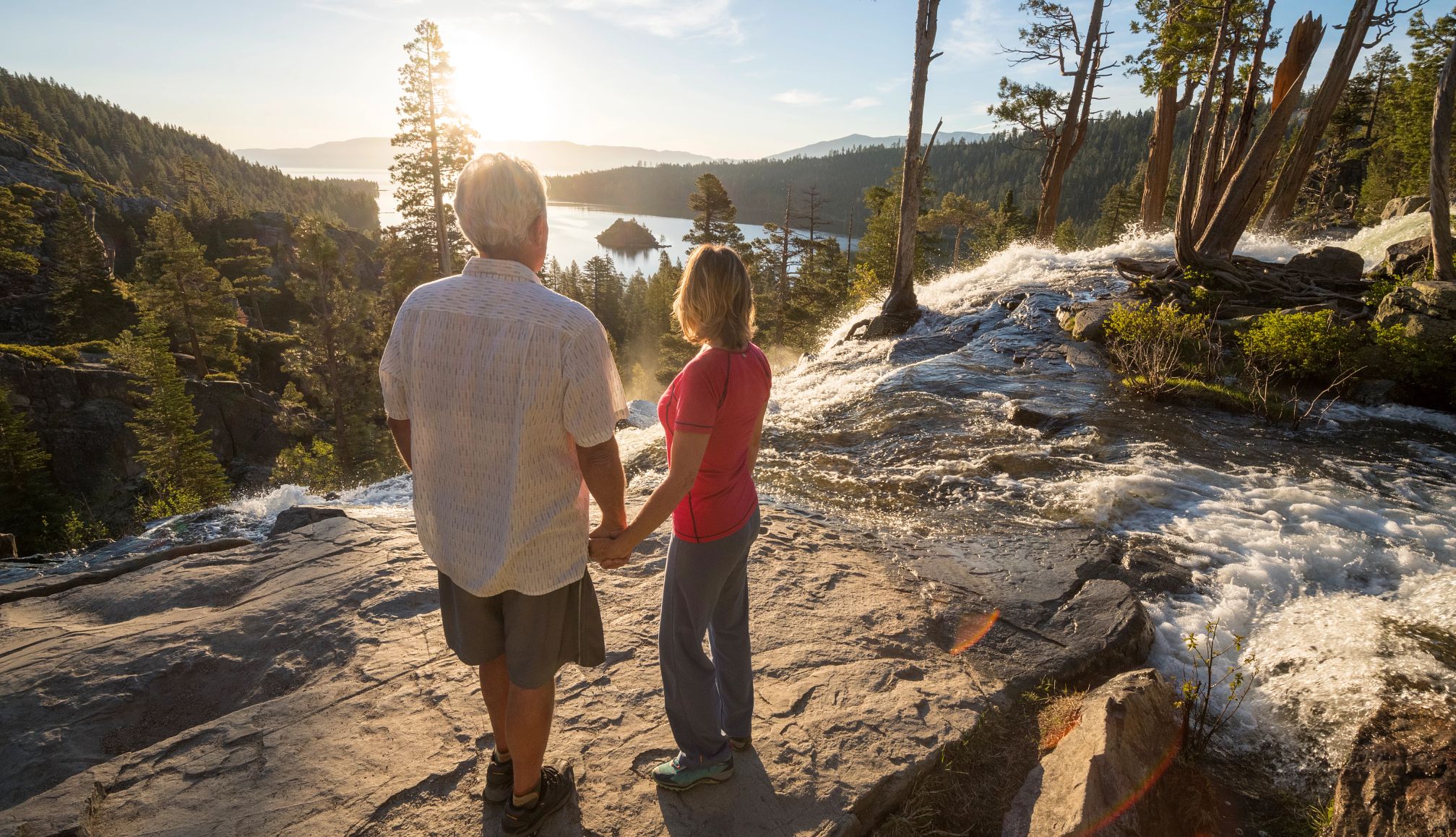AARP Hearing Center
The Erie Canal – New York State’s historic 338-mile waterway – is celebrating its 200th anniversary.
The canal, which opened Oct. 26, 1825, was the first navigable inland waterway connecting New York City to the Midwest, ultimately influencing the nation’s commercial and agricultural development. It is revered in one of the most popular folk songs, “Low Bridge, Everybody Down,” with its chorus of “Fifteen years on the Erie Canal.”
Today, it’s a popular destination for canoes, commercial vessels, kayaks and pleasure boats, and a perfect recreational route for older adults. According to the National Marine Manufacturers Association, current boat owners are older than the average American, with a median age of 54.
Want to explore five areas connected by what once was known as the “Eighth Wonder of the World”? Here’s what not to miss.


Western
Several narrated boat tours offer themed cruises of the canal, and each experience includes going through a lock.
In Lockport, cruise past the city’s famous Flight of Five locks – considered one of the most iconic features and engineering feats of the entire Erie Canal – and through the only double set of locks on the canal today.
In the Village of Pittsford, the Sam Patch is a replica packet boat named after a 19th-century mill worker known as America’s first famous daredevil. A tour highlight includes experiencing water levels rising 25 feet in minutes after gigantic steel doors open to fill Lock 32 with 2.8 million gallons of water.
You can also depart from the Village of Fairport on the two-level Colonial Belle and take note of the landmark Lift Bridge, the only lift bridge in the world in which no two angles are the same. The construction was to compensate for an incline – an engineering marvel recognized in a Ripley’s Believe It or Not! daily cartoon in 2022.


Cayuga/Seneca
Visit the birthplace of the women’s rights movement with a stop in Seneca Falls. In 1848, the first women’s rights convention was held in the Wesleyan Chapel. The chapel is part of the Women’s Rights National Historical Park, which also includes the homes of convention organizers (author, lecturer, and philosopher Elizabeth Cady Stanton among them) and other sites integral to struggles for civil rights and equality.







































































